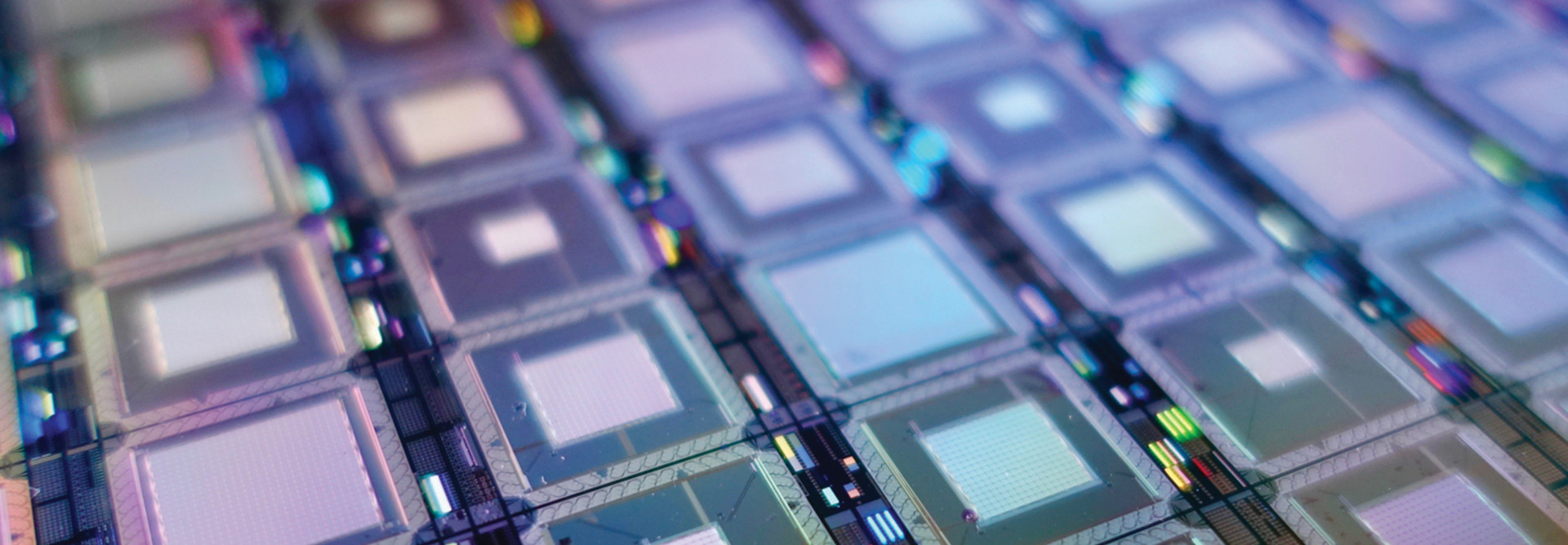Funding for Quantum Computing Research Increases
In January, DOE announced up to $625 million in funding to form two to five National Quantum Information Science Research Centers, which, said the DOE press release, would “create the ecosystem needed to foster and facilitate advancement of quantum information science, with major anticipated benefits for national security, economic competitiveness and America’s continued leadership in science.”
The centers were established as part of the National Quantum Initiative Act, which became law in December 2018 and began coordinated quantum research among NIST, DOE and the National Science Foundation.
The White House’s fiscal year 2021 budget request in February also asked for nearly $500 million for those agencies to fund that research, increasing its investment in quantum by about 50 percent over fiscal 2020.
With that level of support, “more and more experts are giving predictions that in 10 to 15 years, there’s a decent chance that there could be a quantum computer. There could be one sooner with lower probability,” says Dustin Moody, a mathematician in NIST’s Computer Security Division.
Understanding the Science of Quantum Computing
On the scientific front, researchers at DOE’s Oak Ridge National Laboratory in January developed a quantum chemistry simulation benchmark that will evaluate the performance of quantum devices.
Raphael Pooser, the principal investigator of the project, said that the benchmark “helps DOE better understand what will work and what won’t work as they forge ahead in their mission.”











